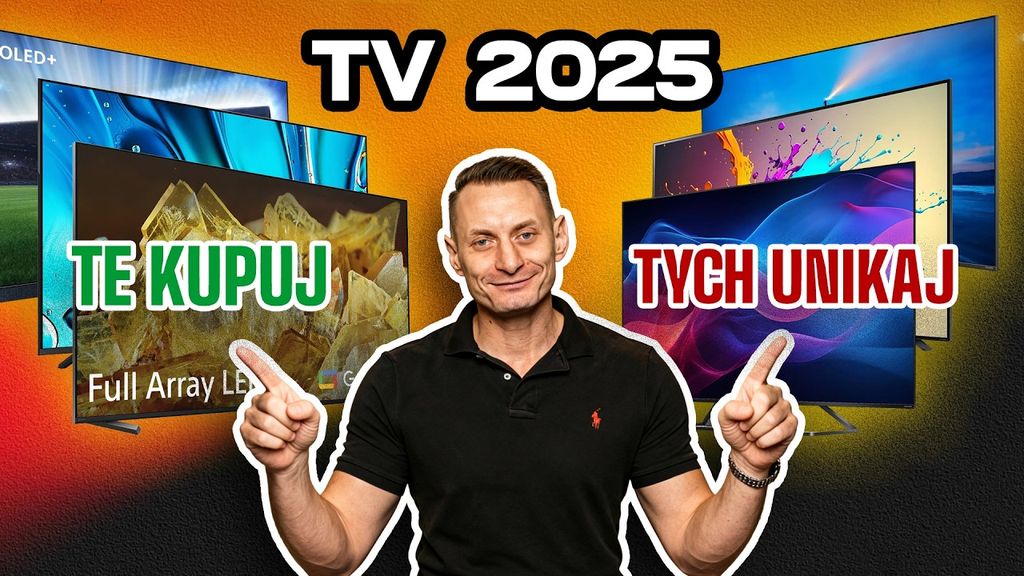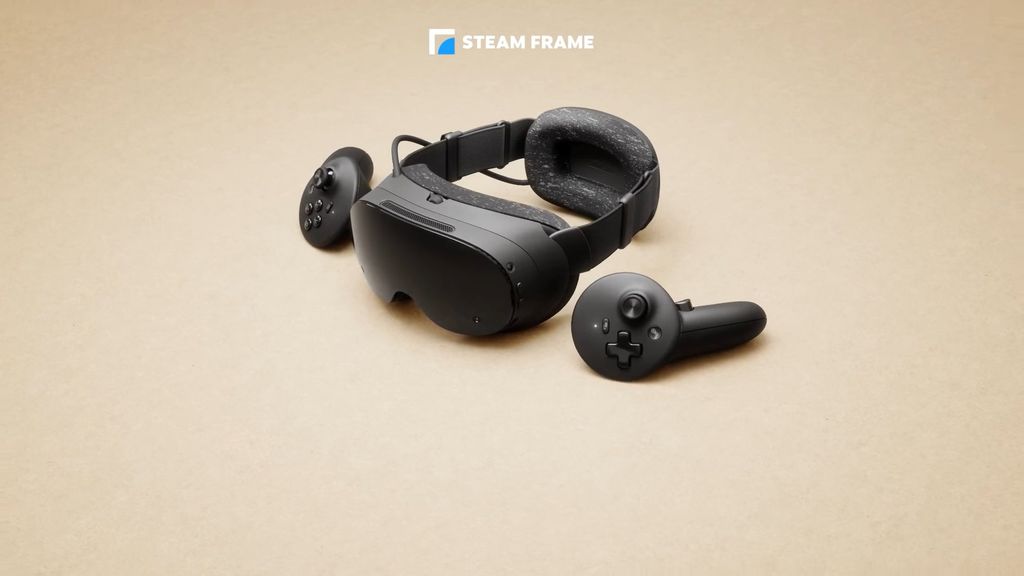
In the latest episode on ChooseTV, we take a look at the 2025 televisions that truly make a difference – from "bronze" everyday heroes, to "silver" sure bets, to "gold" screens without compromises. Instead of dry tables, you get impressions from tests, real brightness in movies and games, plus tips on which model is simply the most cost-effective. There are also interesting exceptions that didn’t win any awards but can steal your heart with their price or features. Links to the best deals can be found in the video description – and if you want to get 100% out of your new TV, remember our calibration service with a satisfaction guarantee.
Televisions mentioned in the movie:
Hisense U78Q Pro
Inexpensive mini-LED that shines like the old "flagships": plenty of dimming zones, about 1500 nits peak, and as many as four full HDMI 2.1 ports for gaming at >120 Hz. The new Pentonic 800 processor does a great job with upscaling and noise reduction, and the 288 Hz mode for PC is a nice bonus. Ideal if you prioritize processing quality and a gaming setup at a low price.
TCL C7K
The competitor U78Q Pro with a similar number of zones and brightness of approx. 1500 nits, which wins with its ecosystem: Google TV is a huge array of applications and integrations. Two HDMI 2.1 ports and refresh rates up to 240 Hz for PC ensure smooth gameplay. A choice for those who want to "just turn it on and have everything."
Samsung S85F (55”)
Budget OLED, which in this size received a QD-OLED panel. The result? Approximately 800 nits in HDR, phenomenal colors (wide BT.2020), great angles, and no motion blur. Four HDMI 2.1 ports, VRR, and low latency make it a gamer's dream. Note: in very bright light, the coating may slightly "cherry" – it disappears in the evenings.
Samsung QN80F
Mini-LED without a trophy, but with a powerful argument: price. This is the cheapest Samsung with real local dimming – blacks and HDR finally look "as they should". Tizen runs quickly, SmartThings connects the home, and in promotions for 65–75” it can be unparalleled.
Panasonic W95B
Finally a successful mini-LED from Panasonic: 700–800 nits in reference HDR modes, very good processing, and low motion blur in sports. The system with Voice Assistant may not be to everyone's taste, but if you appreciate the Japanese school of image, it's a reasonable offering in "bronze".
Hisense U8Q
"Silver" breakthrough. A vast range of zones, high and stable brightness, and the Pentonic 800 elevates image quality to a new level. Plus a unique feature: USB-C with DisplayPort for quick connection of a laptop/PC. A great choice for bright living rooms and for hybrid "work + entertainment".
TCL C8K
“Silver” sure bet that realistically improves daily experiences: a matrix with better angles and a solid audio system prepared with an industry partner make games and movies sound more mature without a soundbar. The quality is similar to C855 at a more reasonable price than C9K – that’s why it lands on the podium.
Samsung QN92F
“Silver” for the mini-LED that has grown up. The biggest progress is a calmer, more predictable local dimming compared to the QN92D and a phenomenal matte coating – the image is clear even in full sunlight. Minus: weaker angles after giving up the Ultra Viewing Angle. For bright living rooms – a perfect shot.
Sony Bravia 7 (2024)
"Old but gold" and still a master in processing. It doesn't chase brightness or hertz records, but it provides the cleanest, most natural motion and image in weaker content. Less "fireworks" in gaming (less HDMI 2.1), but for a film lover who values naturalness – common sense wins.
LG C5
“Silver” OLED that exceeds the 1000 nit barrier. This is the first C with genuinely strong HDR without compromising the beauty of OLED. WebOS is fast and user-friendly, the Magic Remote simplifies operation, and the complete HDMI 2.1 on every port makes the C5 also a fantastic screen for PS5/XSX/PC (4K120, VRR, ALLM).
Samsung S90F
“Silver” OLED with an ace up its sleeve: in 65”, it has a QD-OLED panel that provides a brighter, more saturated image. Additionally, Tizen, SmartThings, and Game Motion Plus – a proprietary smoother for games, making many titles simply look smoother. The lack of Dolby Vision is balanced by support for HDR10+ on VOD platforms.
Philips OLED 820
just behind the podium, but with strong advantages: a panel like in C5 (over 1000 nits) and Ambilight that impresses on the wall. The processing and fluidity of tones can be less natural than competitors, and the IR remote control feels a bit outdated – however, this year's progress is significant. If you love Ambilight, you will be satisfied.
LG G5
“Golden” king of brightness and references. The new tandem OLED panel delivers >2000 nits in HDR and ~800 nits in typical SDR, so for the first time we’re talking about OLEDs “for every room, at any time.” After calibration (3D LUT), the colors are exemplary, and the improved processing smooths out imperfections without losing naturalness. On top of that, a 5-year warranty on the panel – assurance that you’re buying without compromises.
Samsung S95F
“Golden” QD-OLED that combines two worlds: brilliant angles and anti-glare by day, absolute black by night. The One Connect Box makes wall mounting easier, and for gamers – a full package (HDMI 2.1, VRR, Game Motion Plus). The 83” version uses a tandem OLED panel – the quality is still top-notch, and you'll only notice differences in direct comparison.
Sony BRAVIA 9
“Golden” reference point for LCD. It’s mini-LED that has come closest to OLEDs not only in black levels but also in the way the image is constructed. In a dark cinema screening, the differences become minimal, while in a bright living room, BRAVIA 9 shows just how far zone backlighting technology has come.
 Katarzyna Petru
Katarzyna Petru












